
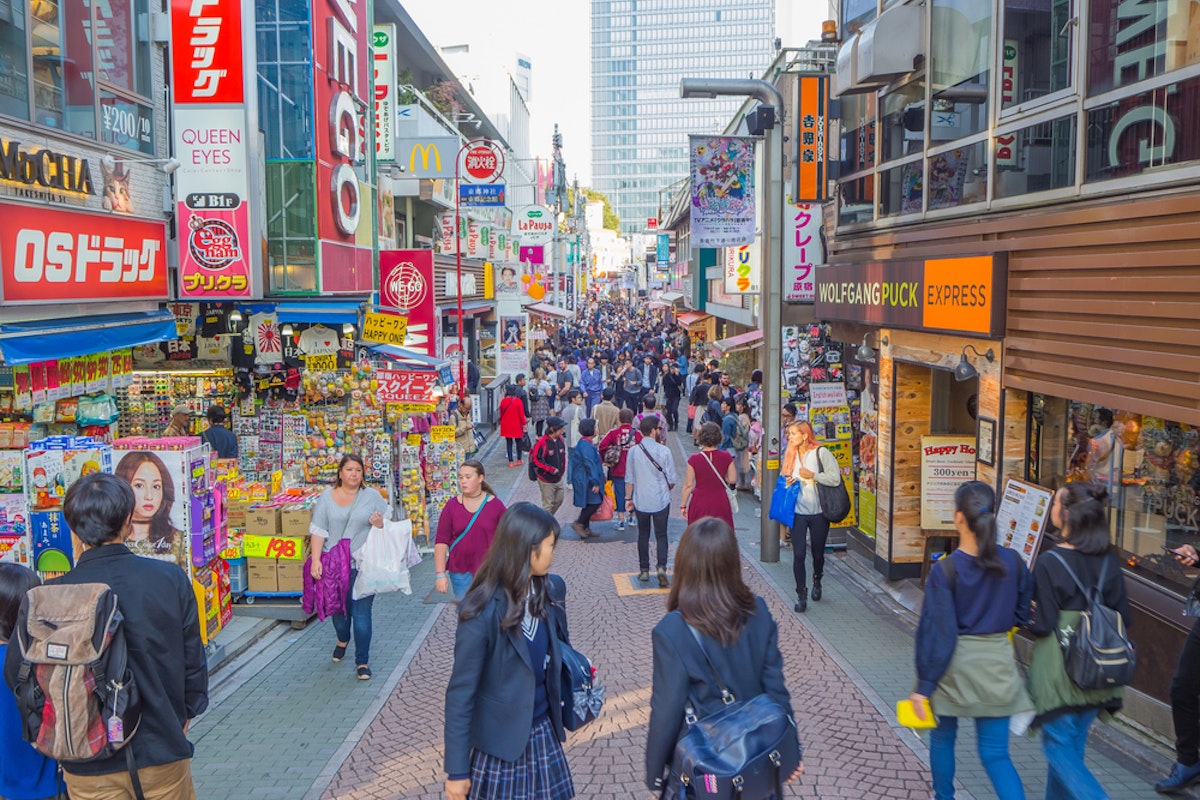
โตเกียว เมืองหลวงที่คึกคักของญี่ปุ่น เป็นการผสมผสานที่น่าหลงใหลระหว่างความดั้งเดิมและความทันสมัย ที่ซึ่งศาลเจ้าที่มีอายุนับร้อยปีตั้งตระหง่านท่ามกลางตึกระฟ้า เมืองนี้เป็นที่รู้จักในเรื่องประวัติศาสตร์อันยาวนาน วัฒนธรรมที่มีชีวิตชีวา และความก้าวหน้าทางเทคโนโลยี ให้ประสบการณ์การเดินทางที่ไม่เหมือนใครที่จะดึงดูดนักท่องเที่ยวจากทั่วทุกมุมโลกในแต่ละปี ไม่ว่าคุณจะเป็นนักประวัติศาสตร์ นักกิน หรือแฟนอนิเมะ โตเกียวมีสิ่งที่ตอบสนองทุกความสนใจ
บล็อกโพสต์นี้จะสำรวจสถานที่ที่ดีที่สุดสิบแห่งในการเยือนโตเกียวและรอบ ๆ จากสวนที่เงียบสงบและวัดประวัติศาสตร์ไปจนถึงสถาปัตยกรรมที่ทันสมัยและเขตช็อปปิ้งที่พลุกพล่าน สถานที่เหล่านี้มอบภาพรวมของความหลากหลายของแหล่งท่องเที่ยวในเมือง
ตั้งอยู่ในฝั่งตะวันตกของ จังหวัดคานากาวะฮาโกเน่เป็นเมืองเล็ก ๆ ที่เป็นส่วนหนึ่งของอุทยานแห่งชาติฟูจิ-ฮาโกเน่-อิซู เป็นที่รู้จักอย่างกว้างขวางในประเทศและต่างประเทศในเรื่องความสวยงามตามธรรมชาติที่งดงาม ฮาโกเน่มีประชากร 10,965 คน ณ เดือนตุลาคม 2024 เมืองนี้ถูกล้อมรอบด้วยภูเขา รวมทั้งภูเขาฟูจิที่เป็นสัญลักษณ์และทะเลสาบอาชิที่เงียบสงบ สร้างภูมิทัศน์ที่งดงามดึงดูดนักท่องเที่ยวจากทั่วทุกมุมโลก
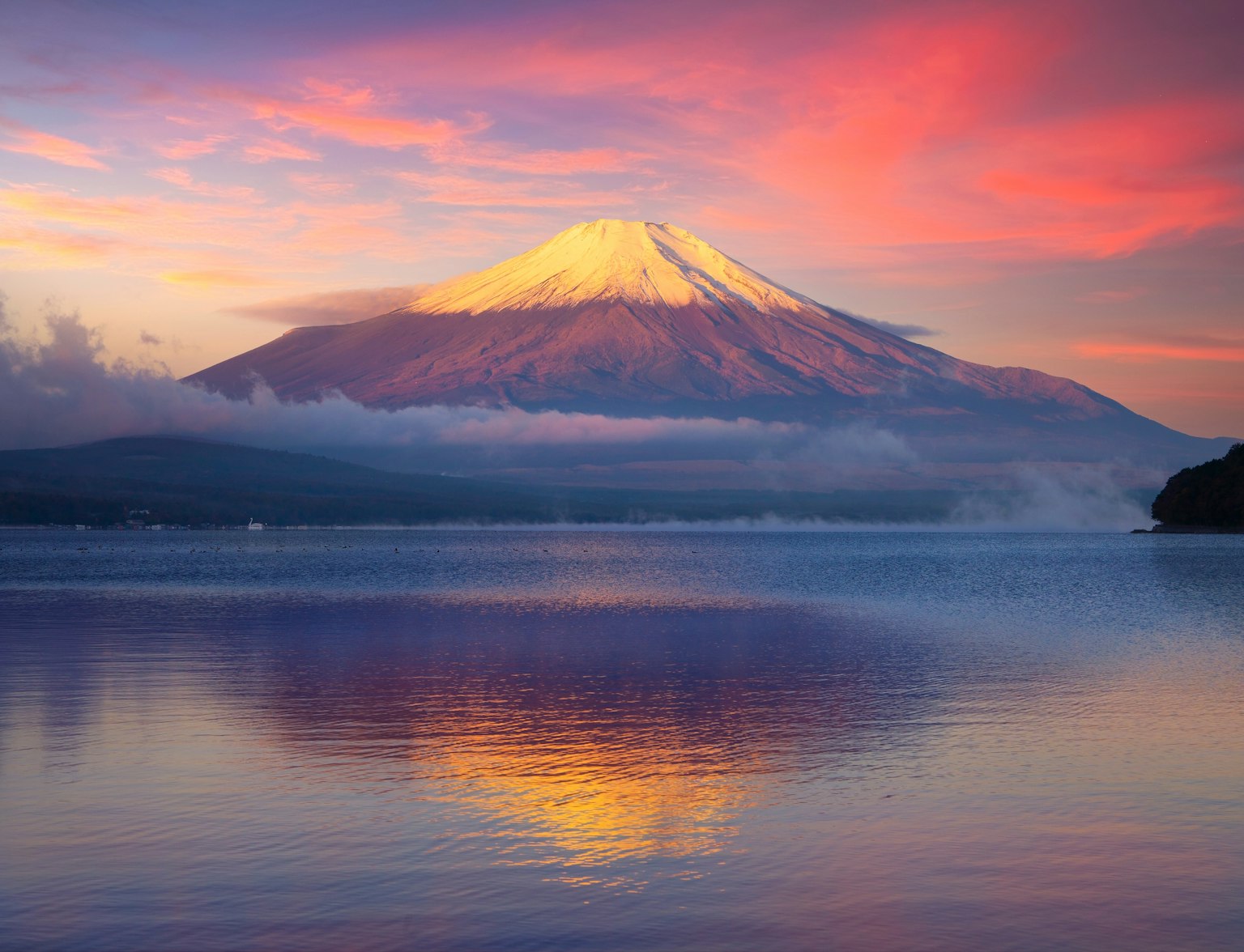
ออกเดินทางไปทริปวันเดียวจากโตเกียวไปภูเขาไฟฟูจิและฮาโกเน่
ชื่อเสียงของฮาโกเน่ในฐานะแหล่งท่องเที่ยวชั้นนำในญี่ปุ่นได้รับการสนับสนุนเพิ่มเติมโดยออนเซ็นมากมาย ทำให้เป็นหนึ่งใน พื้นที่ออนเซ็นที่มีชื่อเสียงที่สุดในระดับโลก ออนเซ็นเหล่านี้ผนวกกับทิวทัศน์ที่สวยงามของเมือง สร้างบรรยากาศที่สงบเหมาะแก่การพักผ่อน นอกจากนี้ฮาโกเน่ยังมีแหล่งท่องเที่ยวมากมาย เช่น เส้นทางเดินป่า พิพิธภัณฑ์ และร้านอาหาร ทำให้มั่นใจได้ว่าจะมีประสบการณ์ที่หลากหลายและสมบูรณ์แบบสำหรับนักท่องเที่ยวทุกคน
ตลาดปลา Tsukiji แม้จะถูกย้ายและเปลี่ยนชื่อเป็น Toyosu Market ในปี 2018 แต่ก็ยังคงเป็นส่วนสำคัญของประวัติศาสตร์และวัฒนธรรมของโตเกียว ตลาดด้านนอกที่ยังดำเนินการอยู่ภายใต้ชื่อ Tsukiji ยังคงเป็นแหล่งดึงดูดยอดนิยมสำหรับคนในท้องถิ่นและนักท่องเที่ยว ที่นี่คุณสามารถพบกับอาหารทะเลสด ผักผลไม้สด และร้านค้าอุปกรณ์ในครัว
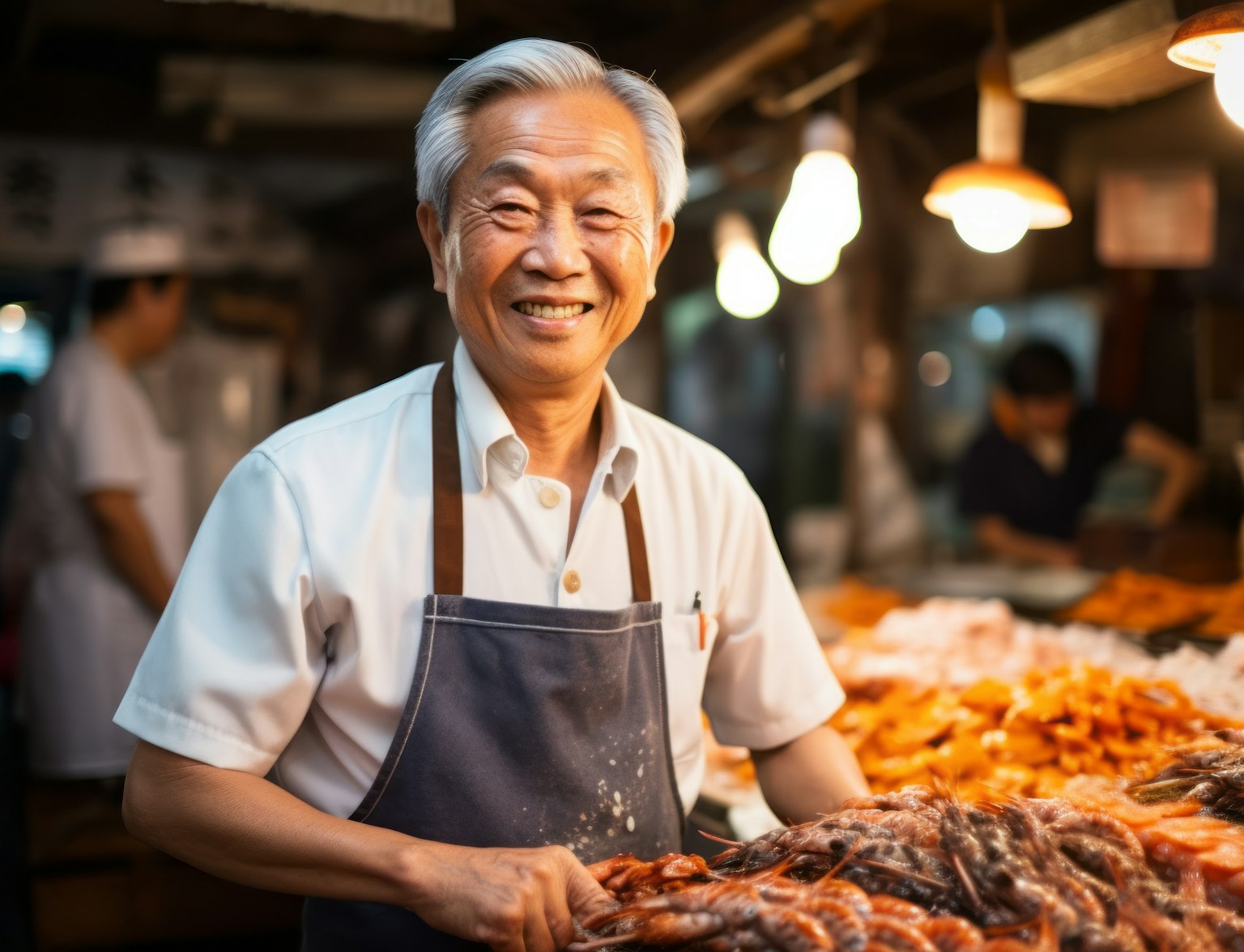
ดำน้ำลึกสู่หัวใจของอาหารในโตเกียวด้วยการเดินทางผ่านตลาดสึกิจิที่เต็มไปด้วยชีวิตชีวา
เสน่ห์ของ Tsukiji ไม่ได้อยู่แค่บรรยากาศของตลาดที่คึกคักเท่านั้น แต่ยังอยู่ในร้านซูชิจำนวนมากที่ตั้งอยู่ในซอยแคบ ๆ ของที่นี่ ร้านเหล่านี้ให้บริการซูชิที่สดที่สุดในโตเกียว บ่อยครั้งทำจากอาหารทะเลที่ได้มาจากตลาดโดยตรง ไม่ว่าคุณจะเป็นคนรักอาหารทะเลหรือผู้เดินทางที่อยากรู้อยากเห็น การไปเยือน Tsukiji จะมอบข้อมูลเชิงลึกที่ไม่เหมือนใครเกี่ยวกับฉากอาหารของญี่ปุ่น
โตเกียวดิสนีย์แลนด์ และโตเกียวดิสนีย์ซี เป็นสองสวนสนุกที่มีชื่อเสียงที่สุดในญี่ปุ่น มอบประสบการณ์ความบันเทิงที่ไม่เหมือนใคร ความตื่นเต้น และประสบการณ์ทางวัฒนธรรม โตเกียวดิสนีย์แลนด์ซึ่งทำแบบจำลองหลังจากดิสนีย์แลนด์ดั้งเดิมในแคลิฟอร์เนีย มอบการเดินทางที่มหัศจรรย์ผ่านดินแดนที่มีธีมต่าง ๆ เช่น แอดเวนเจอร์แลนด์ ท Tomorrowland และแฟนตาซีแลนด์ ในทางกลับกัน โตเกียวดิสนีย์ซี เป็นสวนสนุกที่มีเอกลักษณ์ซึ่งโดดเด่นจากธีมการสำรวจทางทะเลและมักถูกมองว่ามอบประสบการณ์ที่เป็นผู้ใหญ่กว่า
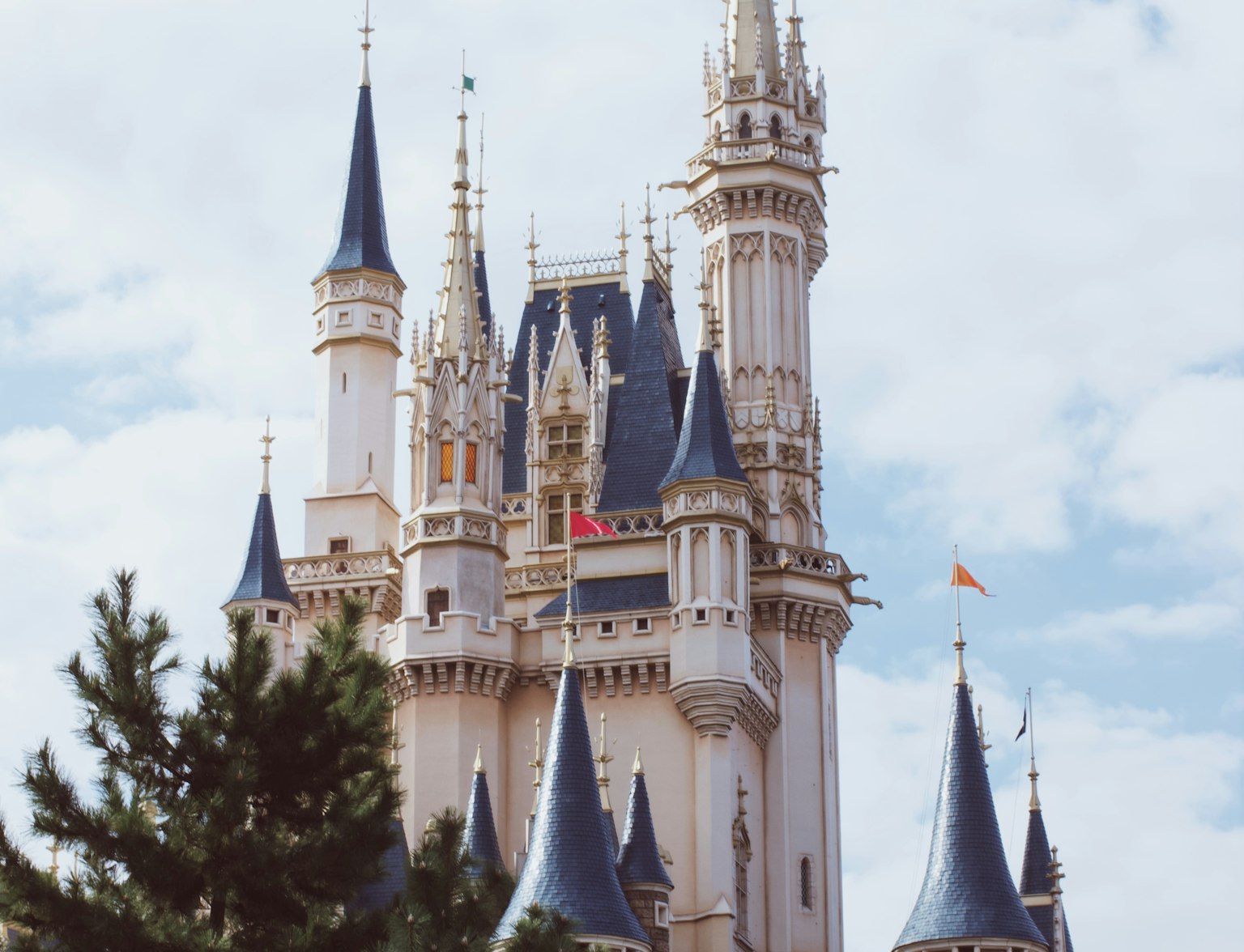
เริ่มต้นการเดินทางอันแสนมหัศจรรย์ไปยังดิสนีย์แลนด์หรือดิสนีย์ซีในโตเกียวด้วยการส่งรถส่วนตัว
ในขณะที่ทั้งสองสวนมีแหล่งท่องเที่ยวมากมายโตเกียวดิสนีย์ซี มักถูกพูดถึงในฐานะที่มีคุณสมบัติที่ไม่เหมือนใคร มันเป็นเพียงสวนดิสนีย์ซีแห่งเดียวในโลก ผลงานสร้างสรรค์ที่สวยงาม การใส่ใจในรายละเอียด และแหล่งท่องเที่ยวที่ไม่เหมือนใครเช่น การนั่งรถที่รวดเร็ว Journey to the Center of the Earth ทำให้หลายคนเห็นว่ามันเป็นสวนดิสนีย์ที่ดีที่สุด
สวนสาธารณะชินจูกุ Gyoen เป็นโอเอซิสที่สงบในใจกลางโตเกียวที่คึกคัก เดิมเป็นที่อยู่อาศัยของครอบครัวไนโตในช่วงยุคเอโด เมื่อมีการเปลี่ยนเป็นสวนหลังการฟื้นฟูเมจิและต่อมาได้รับการกำหนดให้เป็นสวนสาธารณะแห่งชาติหลังสงครามโลกครั้งที่สอง ปัจจุบันเป็นที่พักผ่อนในเมืองที่ชาวบ้านและนักท่องเที่ยวสามารถเพลิดเพลินกับฤดูกาลที่เปลี่ยนแปลงในบรรยากาศที่เงียบสงบ
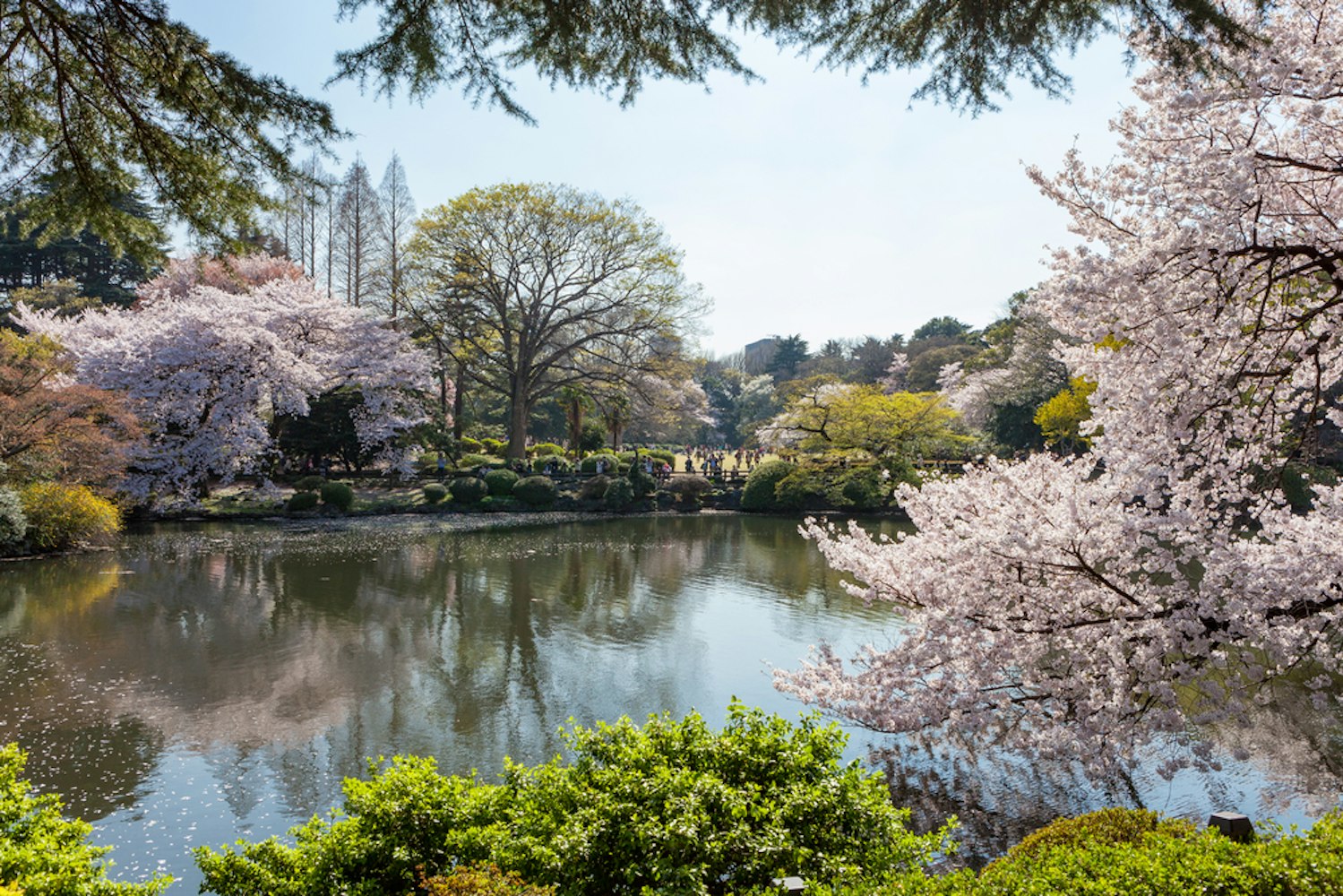
สวนแบ่งออกเป็นสามพื้นที่ที่แตกต่างกัน: สวนฝรั่งเศสแบบทางการ สวนภูมิทัศน์แบบอังกฤษ และ สวนญี่ปุ่นแบบดั้งเดิม. แต่ละส่วนเสนอเสน่ห์ที่เป็นเอกลักษณ์ของตน ตั้งแต่การรักษาต้นไม้ดอกไม้ในสวนฝรั่งเศสแบบทางการที่ดูดีไปจนถึงบ่อและบ้านชาในสวนญี่ปุ่น ไม่ว่าคุณจะเป็นคนรักธรรมชาติ คนที่หลงใหลในประวัติศาสตร์ หรือเพียงต้องการหาที่หลีกหนีจากความวุ่นวายของเมือง สวนสาธารณะชินจูกุ Gyoen เป็นสถานที่ที่น่ามาเยี่ยมชม
ศาลเจ้า Meiji Shrine ตั้งอยู่ในชิบูย่า โตเกียว เป็นศาลเจ้าในลัทธิชินโตที่อุทิศให้กับพระวิญญาณที่ถูกสักการะของจักรพรรดิเมจิและจักรพรรดินีโชเคน ก่อตั้งในปี 1920 ศาลเจ้าถูกล้อมรอบด้วยป่าเขียวขจี ทำให้เป็นที่หลบหนีที่เงียบสงบจากถนนในเมืองที่พลุกพล่าน สถาปัตยกรรมของศาลเจ้าที่มีลักษณะเรียบง่ายและสวยงาม สะท้อนถึงความงามแบบดั้งเดิมของญี่ปุ่น
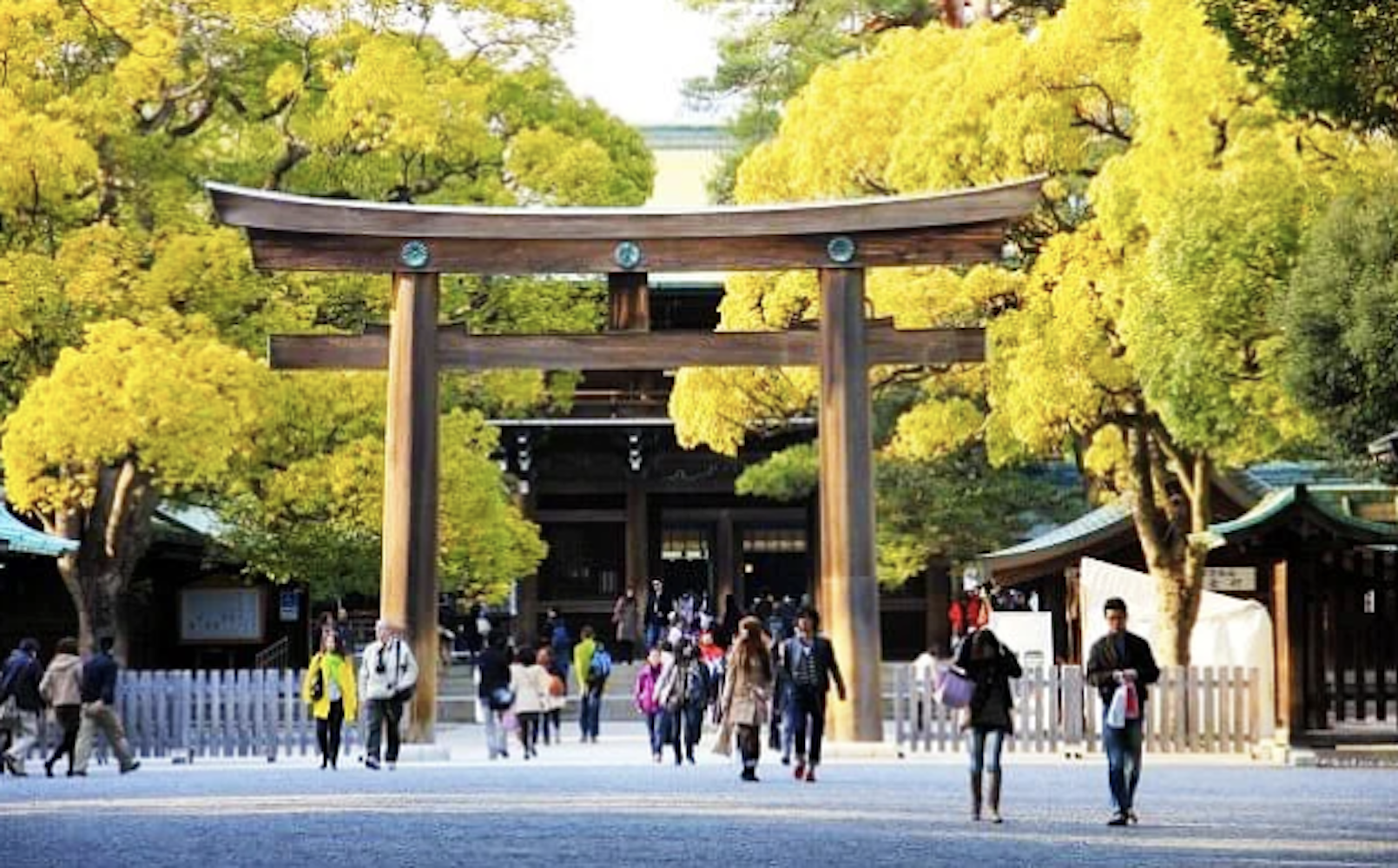
ผู้เยี่ยมชมศาลเจ้าสามารถเข้าร่วมกิจกรรมชินโตทั่วไป เช่น การทำเครื่องสังเวย การซื้อเครื่องรางและamulet และการเขียนความปรารถนาบนema - แผ่นไม้ที่แขวนไว้ที่ศาลเจ้า ศาลเจ้าเมจิยังมีสวนภายใน ที่ซึ่งดอกไอริสบานในเดือนมิถุนายน และบ้านสมบัติเมจิ ซึ่งมีวัตถุโบราณที่น่าสนใจหลายชิ้นที่เกี่ยวข้องกับจักรพรรดิและจักรพรรดินี
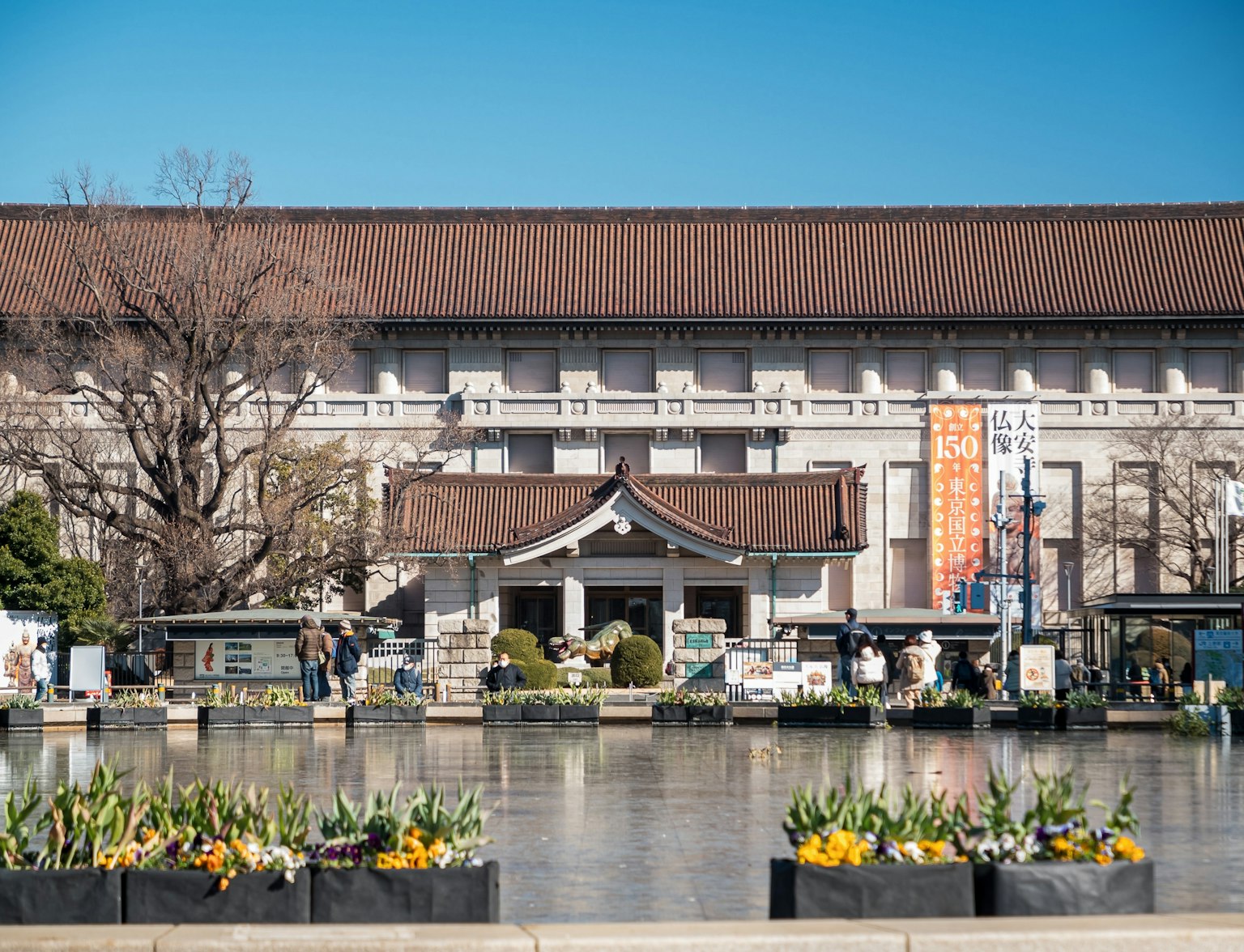
เยี่ยมชมศาลเจ้าเมจิด้วยทัวร์นี้
โอไดบะคือ ภูมิภาคช็อปปิ้งและความบันเทิงที่ได้รับความนิยม บนเกาะที่มนุษย์สร้างในอ่าวโตเกียว พื้นที่ที่ทันสมัยนี้เป็นที่รู้จักในเรื่องสถานที่ท่องเที่ยวที่ทันสมัย เช่น พิพิธภัณฑ์ศิลปะแบบดิจิตอล teamLab Borderless และรูปปั้นกันดัมนักรบขนาดยักษ์นอก DiverCity Tokyo Plaza ด้วยห้างสรรพสินค้ามากมาย ร้านอาหาร และแม้แต่ชายหาด โอไดบะมีบางสิ่งสำหรับทุกคน
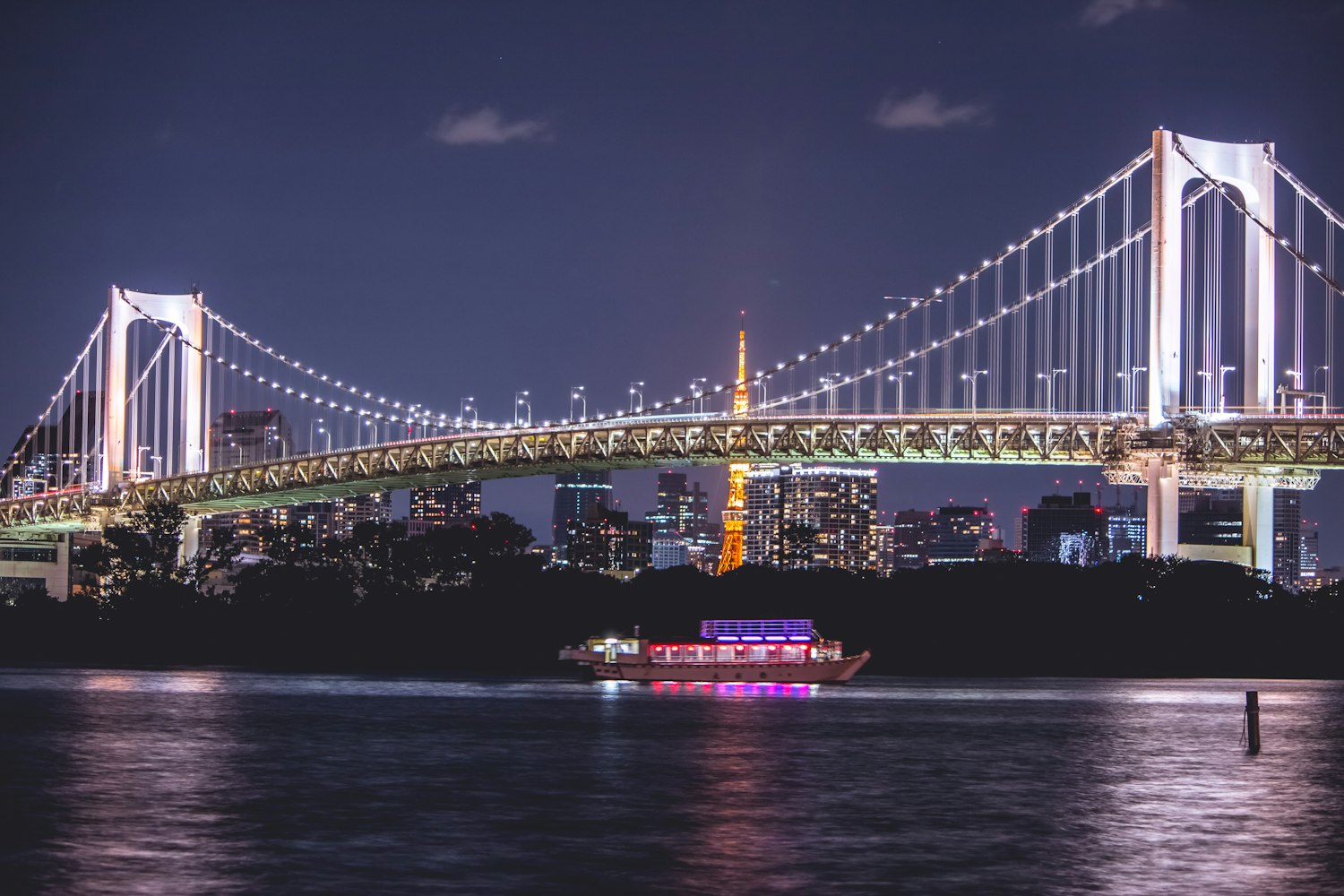
ไฮไลท์หนึ่งของโอไดบะคือ Palette Town ซึ่งมี VenusFort ห้างสรรพสินค้าที่ออกแบบให้มีลักษณะเหมือนเมืองในยุโรปในศตวรรษที่ 18 และ Mega Web สวนสนุกเกี่ยวกับรถยนต์ที่ให้คุณทดลองขับ Toyota รุ่นล่าสุด อีกหนึ่งที่พลาดไม่ได้คือ สวนสาธารณะโอไดบะซีไซด์ ซึ่งคุณสามารถเพลิดเพลินกับวิวพาโนรามาของสะพานเรนโบว์และเส้นขอบฟ้าของโตเกียว
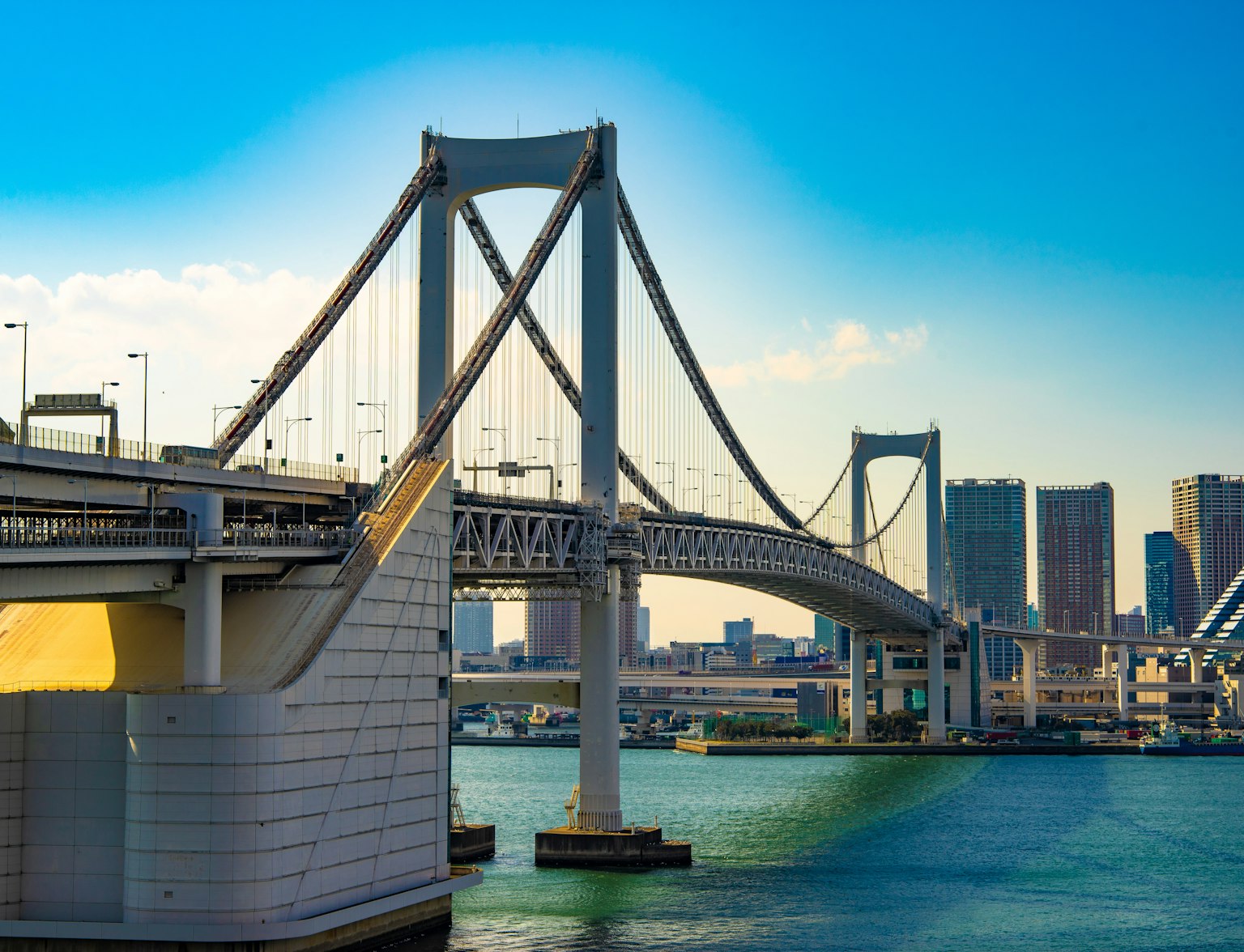
แล่นใต้สะพานสายรุ้งที่งดงามและปล่อยให้ทิวทัศน์เส้นขอบฟ้าของโตเกียวทำให้คุณอ้าปากค้าง
อากิฮาบาระ หรือที่รู้จักในฐานะ เมืองหลวงของอนิเมะและอิเล็กทรอนิกส์ในโตเกียว เป็นย่านที่มีชีวิตชีวาตั้งอยู่ในเขตชิโยดะ เขตนี้เป็นที่รู้จักในแบบกว้างขวางในเรื่องร้านค้าอิเล็กทรอนิกส์ที่หลากหลาย catering กับผู้ที่ชื่นชอบเทคโนโลยีด้วยคอลเลกชันขนาดใหญ่ของแกดเจ็ต องค์ประกอบ และค้นหาที่หายาก แต่เสน่ห์ของอากิฮาบาระไม่ได้มีอยู่แค่ในสิ่งที่เกี่ยวกับเทคโนโลยีเท่านั้น มันยังเป็นสวรรค์สำหรับแฟนวัฒนธรรมป๊อป - บ้านจิตวิญญาณของแฟนอนิเมะ มังงะ และเกม
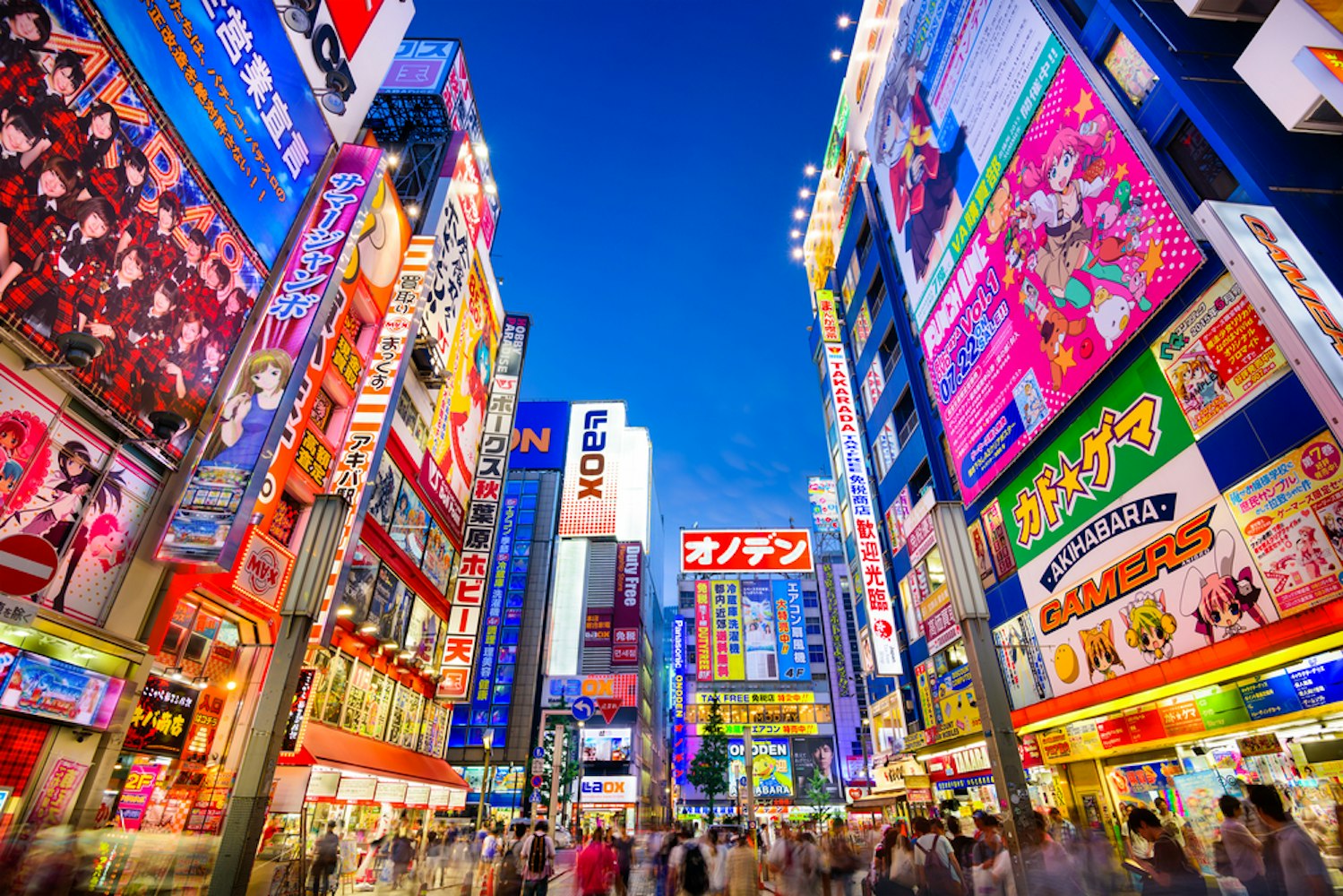
ทุกวันอาทิตย์ ถนนหลัก ชูโอ สตรีท จะเปลี่ยนเป็นห้างสรรพสินค้าเพื่อคนเดินเท้าทำให้มีพื้นที่เปิดให้ผู้คนได้สำรวจพื้นที่อย่างสบาย เขตนี้มีชื่อเสียงในเรื่องคาเฟ่แม่บ้านที่มีพนักงานแต่งกายด้วยชุดแม่บ้านและปฏิบัติต่อลูกค้าเสมือนเจ้าของของพวกเขา จากร้านค้าในธีมอนิเมะไปจนถึงบรรยากาศที่มีพลังที่สอดคล้องกับวัฒนธรรมโอตาคุ (เก็ง) อากิฮาบาระเป็นสถานที่ที่น่ามาเยี่ยมชมสำหรับทุกคนที่ต้องการสำรวจสวรรค์วัฒนธรรมป๊อปของโตเกียว
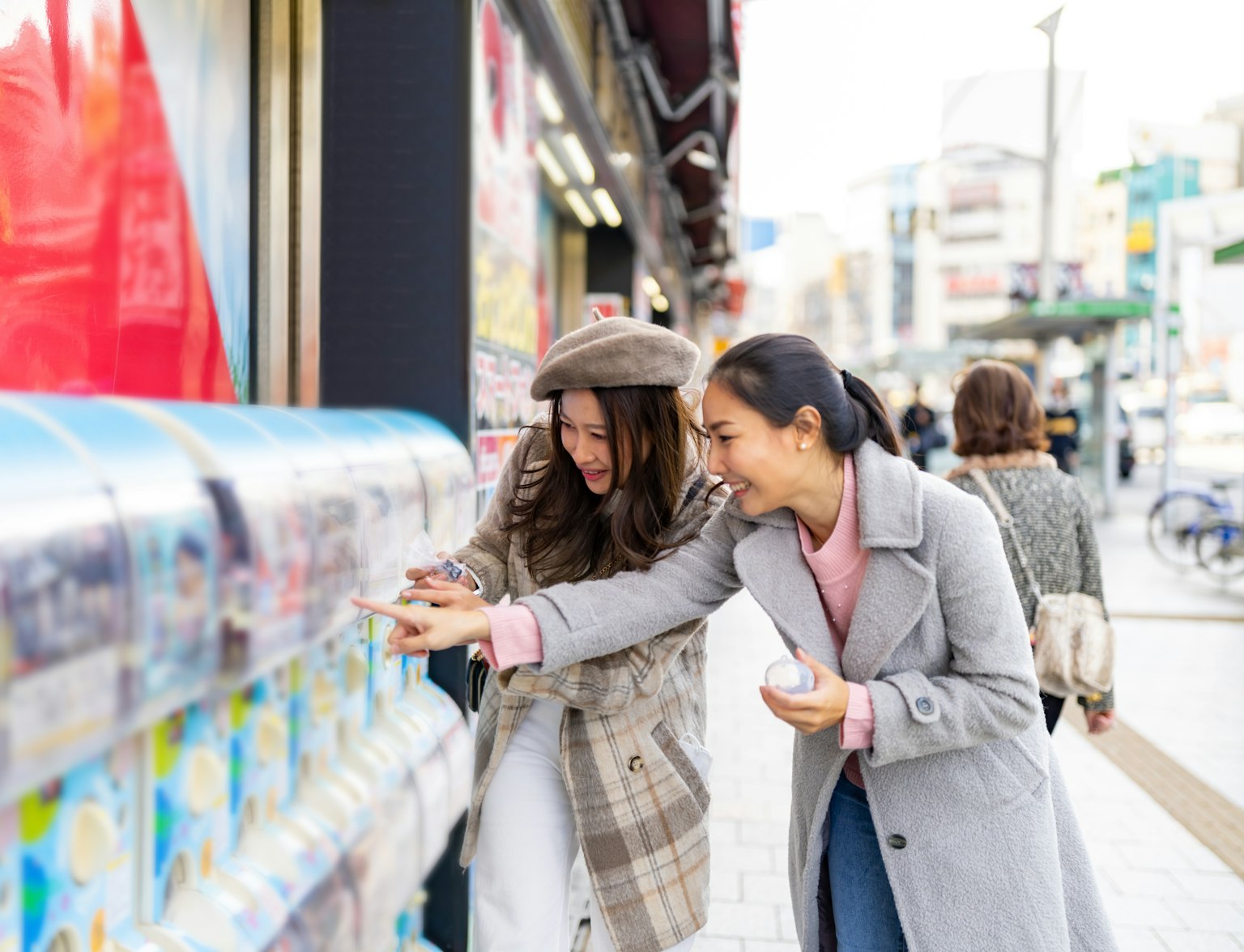
ดำน้ำสู่ศูนย์กลางอนิเมะและมังงะของโตเกียวกับทัวร์ผจญภัยในอากิฮาบาระ!
ตั้งอยู่ในจังหวัดโทชิกิ นิกโก้เป็นเมืองที่เต็มไปด้วยประวัติศาสตร์และความงามตามธรรมชาติ มันเป็นที่ตั้งของศาลเจ้านิกโก้โทโชกุ ซึ่งเป็นมรดกโลกของยูเนสโกที่อุทิศให้กับโทคุกาวา อิเอยาสุ ผู้ก่อตั้ง โชกุนโทคุกาวา. ถูกล้อมรอบด้วยป่าที่สวยงาม คอมเพล็กซ์ศาลเจ้ามีการแกะสลักที่วิจิตรและโครงสร้างตกแต่งมากมาย มอบให้ผู้เข้าชมได้มองเห็นมรดกสถาปัตยกรรมที่น่าร่ำรวยของญี่ปุ่น
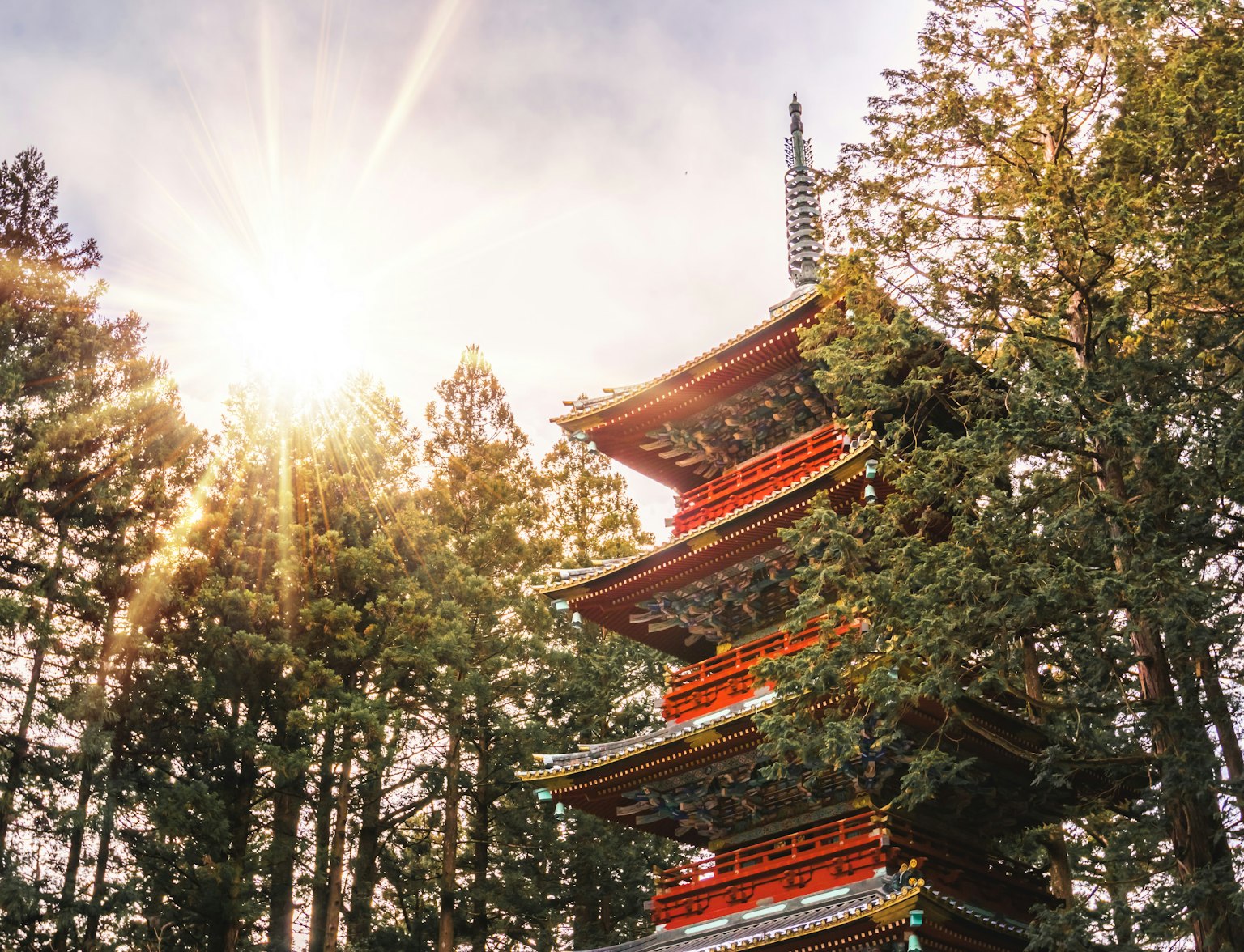
สัมผัสมรดกของนิกโก้ในแบบที่ไม่เคยมีมาก่อน
นอกเหนือจากสถานที่ทางประวัติศาสตร์ นิกโก้ยังมีทัศนียภาพที่งดงาม โดยมีทะเลสาบชูเซ็นจิและน้ำตกเคงอนเป็นหนึ่งในแหล่งท่องเที่ยวทางธรรมชาติชั้นนำของเมือง เมืองนี้มีความนิยมเป็นพิเศษในฤดูใบไม้ร่วงเมื่อใบไม้เปลี่ยนเป็นสีแดงทำให้มีการแสดงสีที่งดงามรอบทะเลสาบและน้ำตก ไม่ว่าคุณจะเป็นนักประวัติศาสตร์หรือคนที่หลงใหลในธรรมชาติ นิกโก้มีแหล่งท่องเที่ยวที่หลากหลาย
คามาคุระ ตั้งอยู่ใน จังหวัดคานากาวะ เป็นเมืองชายฝั่งที่มักถูกเรียกว่า "เกียวโตแห่งญี่ปุ่นตะวันออก" สำหรับวัดและศาลเจ้าจำนวนมากที่ตั้งอยู่ ในบรรดาสัญลักษณ์ที่มีชื่อเสียงที่สุดคือพระพุทธรูปใหญ่ของคามาคุระ ซึ่งเป็นรูปปั้นทองสัมฤทธิ์ขนาดใหญ่ที่ยืนอยู่ในฐานะหนึ่งในพระพุทธรูปที่มีชื่อเสียงที่สุดในญี่ปุ่น
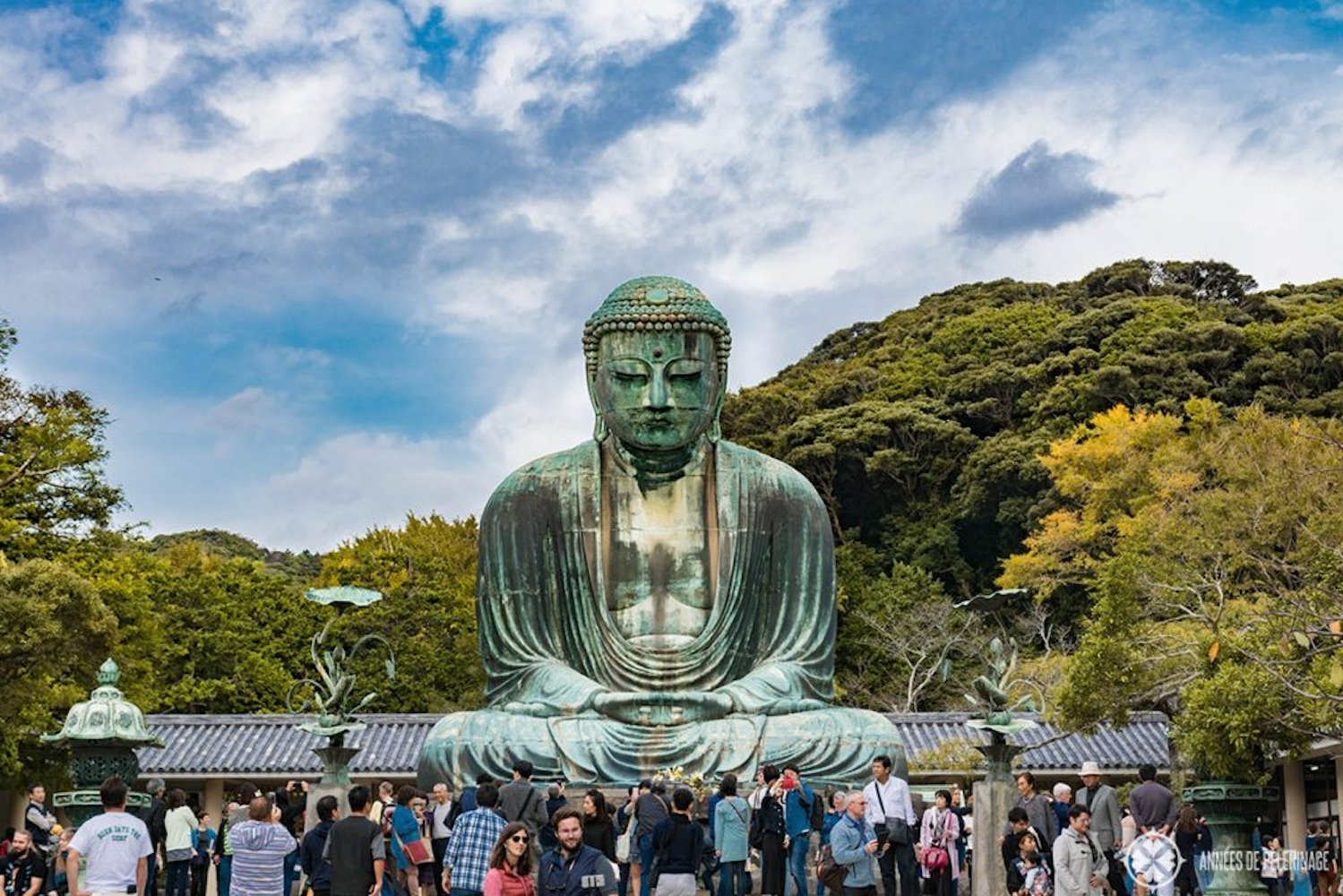
เมืองนี้ยังเป็นที่รู้จักในเรื่องชายหาดที่สวยงามและเส้นทางเดินป่า ซึ่งมีกิจกรรมกลางแจ้งสำหรับนักเดินทางทุกประเภท นอกจากนี้ถนนโคมาจิดอริในคามาคุระยังเป็นแหล่งช็อปปิ้งยอดนิยม มีร้านค้าและร้านอาหารมากมายที่ให้บริการอาหารท้องถิ่นรวมถึงจานชิราสุ (ปลาขาว) ที่มีชื่อเสียงที่ปลูกในคามาคุระ ด้วยการรวมตัวกันของมรดทางวัฒนธรรมและความงามตามธรรมชาติ คามาคุระจึงเป็นที่หลบหนีที่เงียบสงบจากชีวิตในเมืองที่คึกคัก
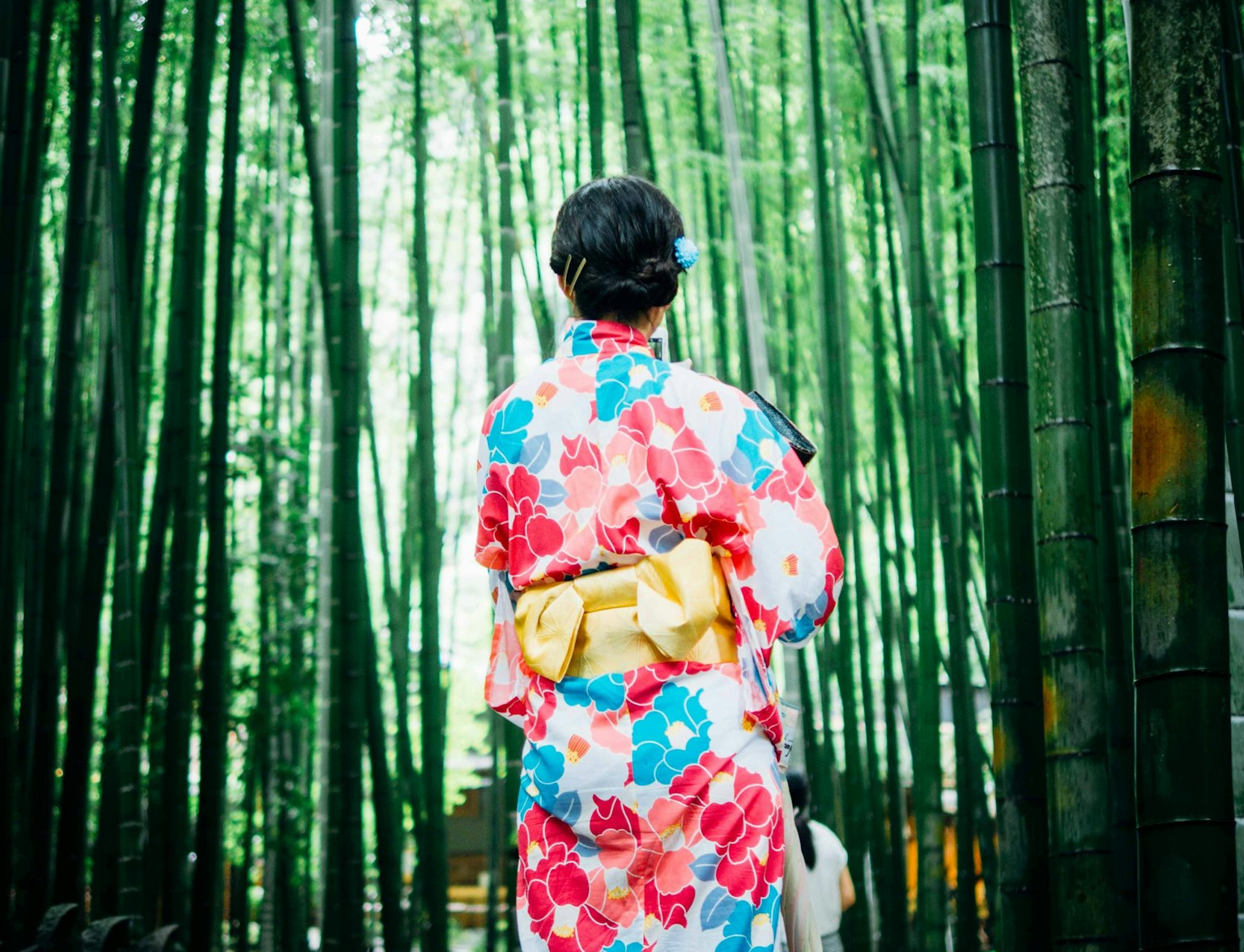
ดำดิ่งสู่ใจกลางของคามาคุระที่มีประวัติศาสตร์ด้วยทัวร์ริกชูของเรา
ภูเขาฟูจิซึ่งตั้งอยู่ในจังหวัดชิซูโอกะ เป็นที่รู้จักว่าเป็นหนึ่งในแลนด์มาร์คที่มีชื่อเสียงที่สุดในญี่ปุ่น ยืนอยู่ที่ 3,776 เมตร มันเป็นภูเขาที่สูงที่สุดในประเทศและเป็นที่รู้จักไปทั่วโลกในรูปทรงกรวยที่สมมาตรเกือบสมบูรณ์ ความงามอันสง่างามของมันได้สร้างแรงบันดาลใจให้ศิลปินและกวีตลอดหลายศตวรรษและยังคงเป็นหัวข้อยอดนิยมในศิลปะและวรรณกรรมของญี่ปุ่น
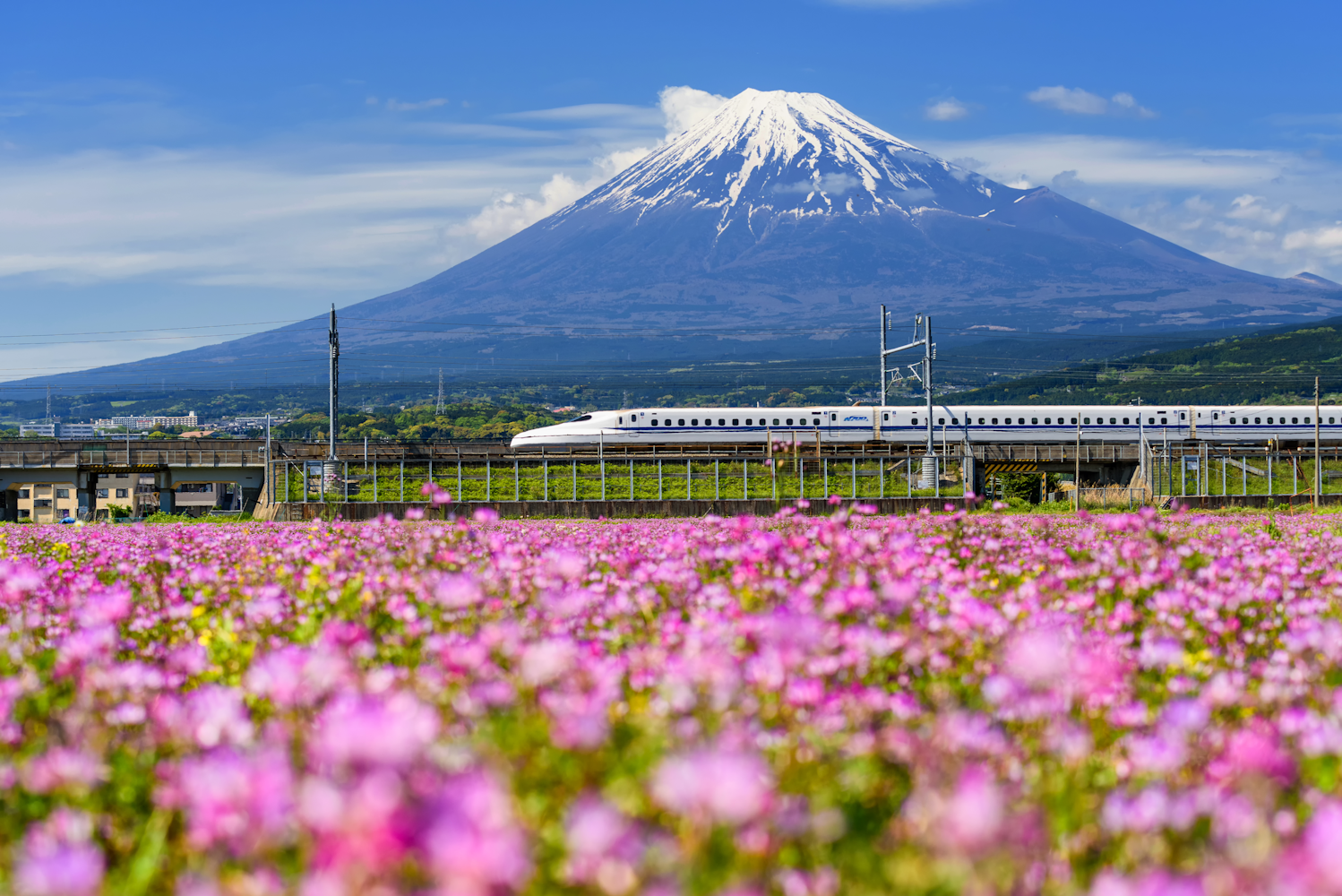
ในช่วงฤดูปีนเขาซึ่งมักจะเริ่มต้นตั้งแต่ต้นเดือนกรกฎาคมถึงต้นเดือนกันยายน นักท้องถิ่นและนักท่องเที่ยวหลายพันคนจะปีนขึ้นไปจนถึงยอดเขาของภูเขา การปีนเขานั้น แม้จะท้าทาย แต่ก็ตามมาด้วยทิวทัศน์อันงดงามของชนบทโดยรอบและความรู้สึกของความสำเร็จที่ทำให้ความพยายามนั้นคุ้มค่า ไม่ว่าจะมองจากระยะไกลหรือใกล้ชิด ภูเขาฟูจิคือ ความงามตามธรรมชาติของญี่ปุ่น และเป็นสถานที่ที่คุณต้องไปเยือนหากกำลังสำรวจประเทศ
การสำรวจสถานที่ดีที่สุดสิบแห่ง ในการเยือนโตเกียวและรอบ ๆ ได้เปิดประตูสู่โลกแห่งประสบการณ์ที่หลากหลาย จากถนนที่พลุกพล่านในชิบูย่าจนถึงความงามอันเงียบสงบของภูเขาตาเคา โตเกียวมีการผจญภัยที่ตอบสนองรสนิยมของนักเดินทางทุกคน
แต่จำไว้ว่านี่เป็นเพียงไฮไลท์ ทุกมุมของโตเกียวมีเสน่ห์และความลับที่รอการค้นพบ ดังนั้นห armed ด้วยรายชื่อนี้ออกไปและทำความทรงจำของคุณเอง.



